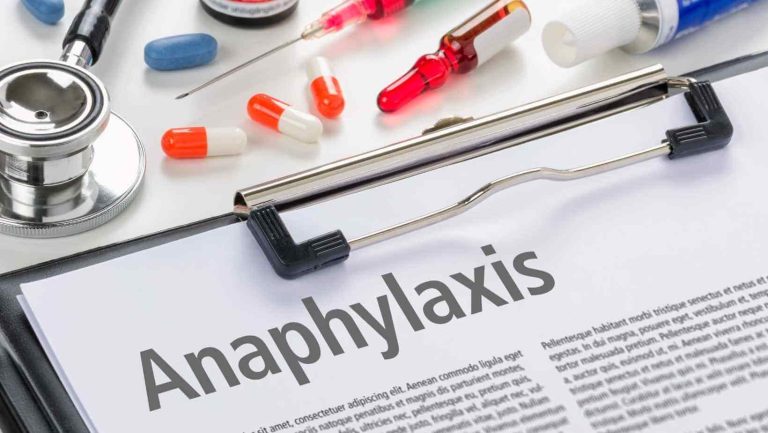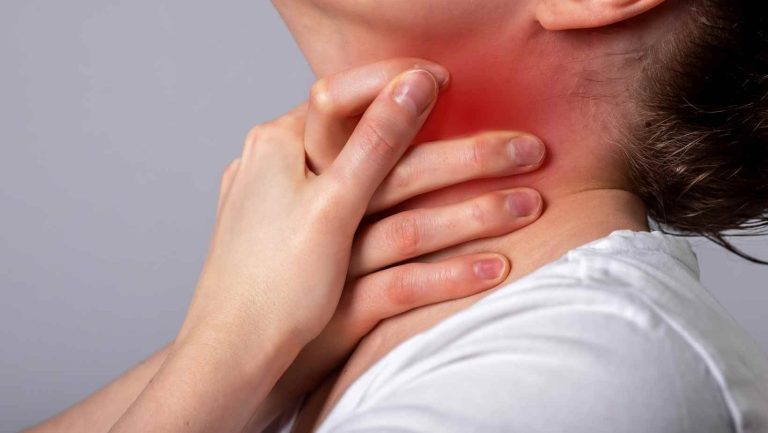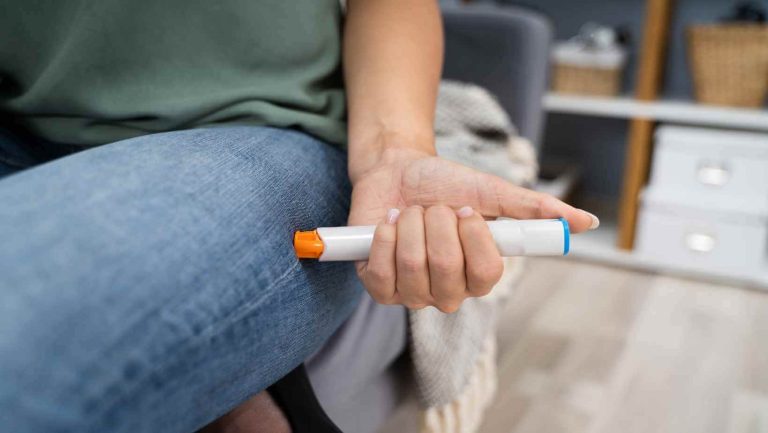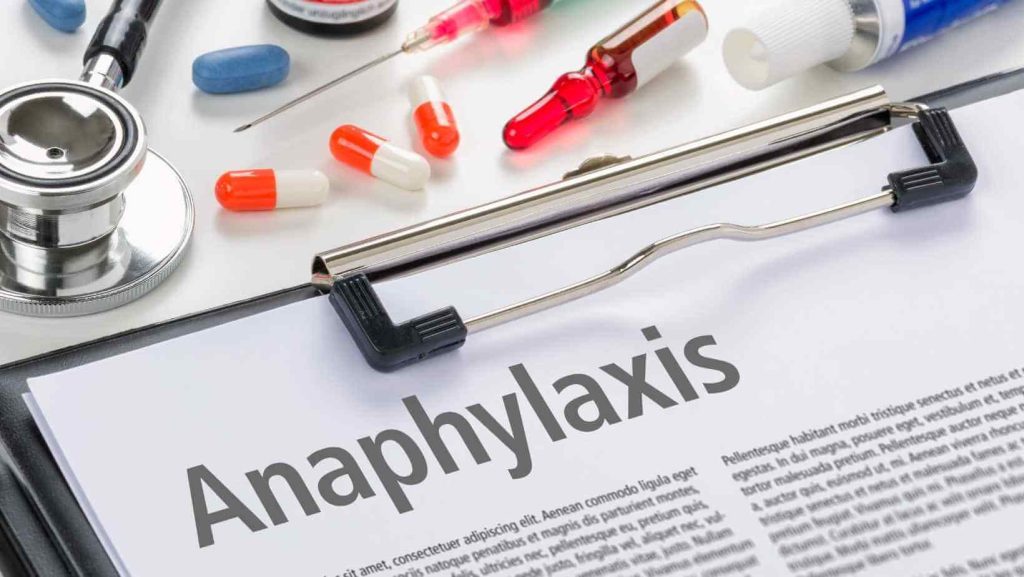First Aid for Anaphylaxis

Anaphylaxis can take hold quickly and silently. Although most first-time allergic reactions happen in young children, emergencies can also strike in adulthood.
The movies depict anaphylaxis to look like a swollen face and a big tongue, but actually, anaphylaxis often looks much different to this.
We will go through the signs, symptoms, first aid for anaphylaxis and how to recognise anaphylaxis and how to respond to it.
How Many People Have a Food Allergy?
In Australia,
- 10% of children under 1 year
- 4-8% of children under 5 years
- 2% of adults
These are shocking statistics, and Australia is recognised as one of the worst countries in the world for the rate of diagnosed food allergies.
Luckily, The First Aid Nest crew are experts in food allergy and anaphylaxis. We are run by Heidi Young, a Registered Nurse and Clinical Nurse Specialist in allergy for the last 6 years, so we know this topic well.
Most allergic reactions will fall into the mild category, but we still have no way of knowing who will have a more severe allergic reaction. There really is no such thing as just a mild allergy, especially to food.
If you have an allergy to a certain food or food group, you always have the ability to have a severe reaction, even if you have not before. Reactions do not necessarily get more severe as time goes on and with more exposure. This may be true in some cases but allergy is a grey area, and we must never assume we know what a reaction is going to look like.
There are many causes of an allergic reaction, such as:
- Food
- Insect stings and bites
- Latex
- Medications
- Aeroallergens such as pollens and grasses
- Pets
- Dustmite
- Cold water
- Exercise
Symptoms of an Allergic Reaction
Mild to moderate symptoms:
- Hives or welts
- Swelling of lips, face and/or eyes
- Tingling mouth
- Abdominal pain &/or vomiting (this is a sign of anaphylaxis in insect bites and stings)
Severe symptoms (Anaphylaxis)
- Difficult or noisy breathing
- Swelling of the tongue
- Swelling or tightness in the throat
- Wheeze or persistent cough
- Difficulty talking or a hoarse voice
- Persistent dizziness or collapse
- Pale and floppy (young children)
First Aid For Anaphylaxis in Australia
When someone starts experiencing the symptoms of anaphylaxis that we mentioned above, we need to act fast. Completing a first aid course will give you the tools to be able to recognise and respond quickly to this emergency.
Most commonly, a casualty may have eaten something new, taken medication, or been bitten or stung by an insect.

If they start experiencing any of the mild to moderate symptoms above, we should remove the food/medication/sting and administer antihistamine. If the person has an adrenaline autoinjector, source this quickly so that it is nearby if the persons condition deteriorates.
Monitor symptoms for a few hours, Once 1-2 hours have passed, if the casualty has not deteriorated, they are very unlikely to. It can happen but it is not common.
If the casualty has any of the severe symptoms noted above, this is anaphylaxis.
- Sit or lay the casualty down
- Source the adrenaline autoinjector
- Administer the adrenaline autoinjector in the side of the thigh, where the large muscle is.
- Once you hear the ‘click’ of the autoinjector, hold it in place for 3 seconds.
- Remove and encourage the person to stay still.
- Call emergency services
- Continue to monitor the casualty until help arrives
- If the casualty has two adrenaline auto-injectors, and their symptoms are the same or worse after 5 minutes, another dose should be administered.
- If a casualty stops breathing at any time, commence CPR.
- If a casualty does not have an adrenaline autoinjector, just call emergency services and monitor the casualty until they arrive.
Emergency Situations
Administering an adrenaline autoinjector for anaphylaxis is one of the only times you would administer medication before calling emergency services. If there are two people at the site with the casualty, you can do both of these actions at the same time.
When anaphylaxis takes hold there is only one medication that will reverse it – adrenaline.

When a casualty is taken to the hospital for anaphylaxis, they are monitored for 4 hours, then usually sent home if they recover well.
They may be kept in hospital overnight if they are:
- Elderly or vulnerable
- It is later in the day/night
- Young children
- Needed more than one dose of adrenaline
If they needed 3+ doses of adrenaline, they may be admitted to intensive care for monitoring.
If someone has allergies they should be regularly monitored by an immunologist.
If this is the first time someone has had an allergic reaction, they should seek a referral to an immunologist to gain some more insight and clarity into their condition. Allergies can be life-threatening.
Anaphylaxis is most likely triggered by food. Aero allergens can cause some very uncomfortable allergy symptoms and trigger underlying conditions such as asthma, but research shows they are unlikely to cause anaphylaxis.
First Aid Courses
The First Aid Nest run public and workplace first aid courses. We prefer a workplace group to be 6+ people.
Our workplace first aid courses can be run at your site Australia-wide. Our public classes are here in Sydney and are the best option if you are an individual, a couple or a group of just a few people.
Our sophisticated system will take the headache out of renewal for you too, we will send you reminders about when your certificate is about to expire!
Book your spot or your workplace with us today or contact us with any questions or head to our FAQ page.


